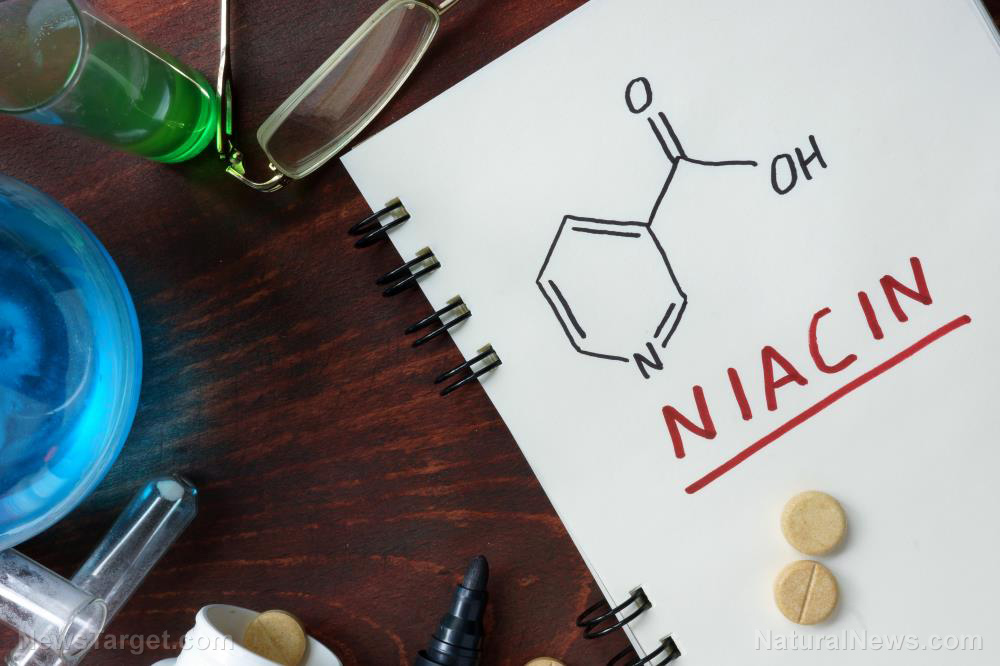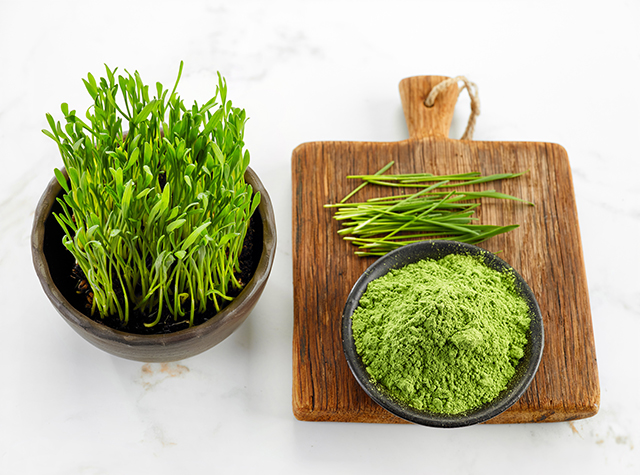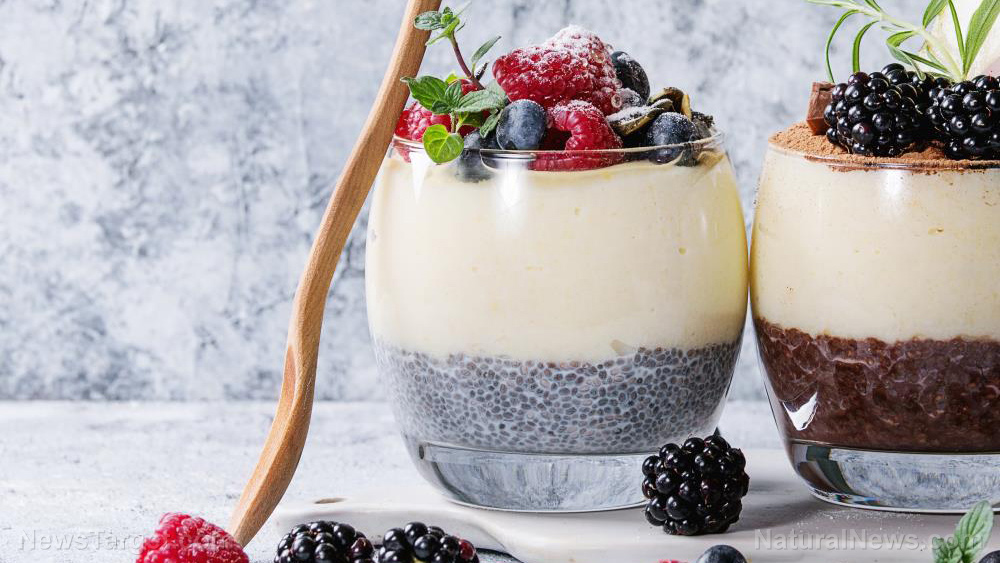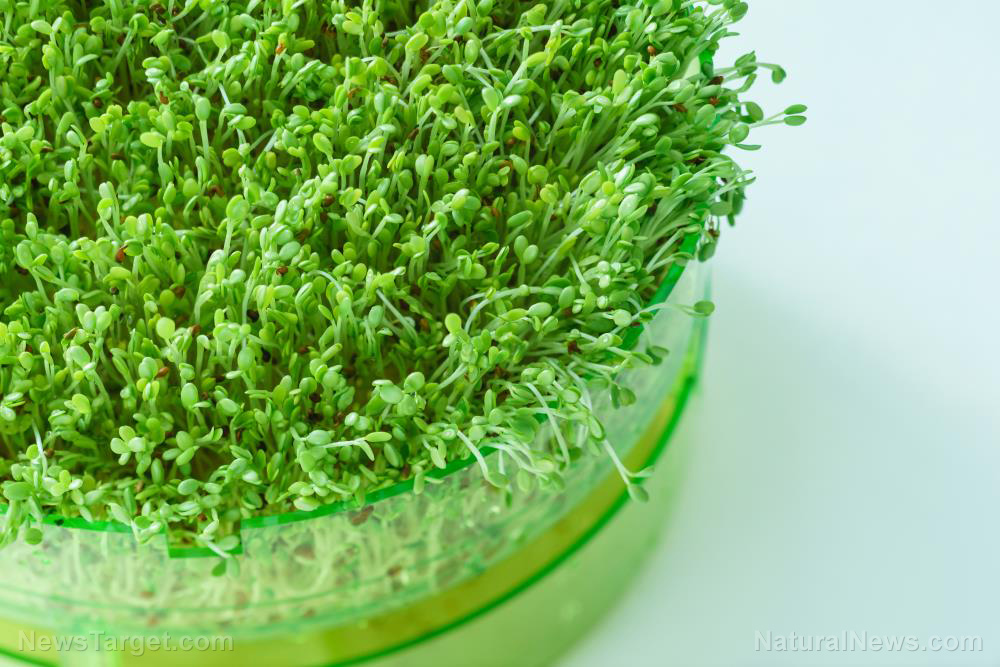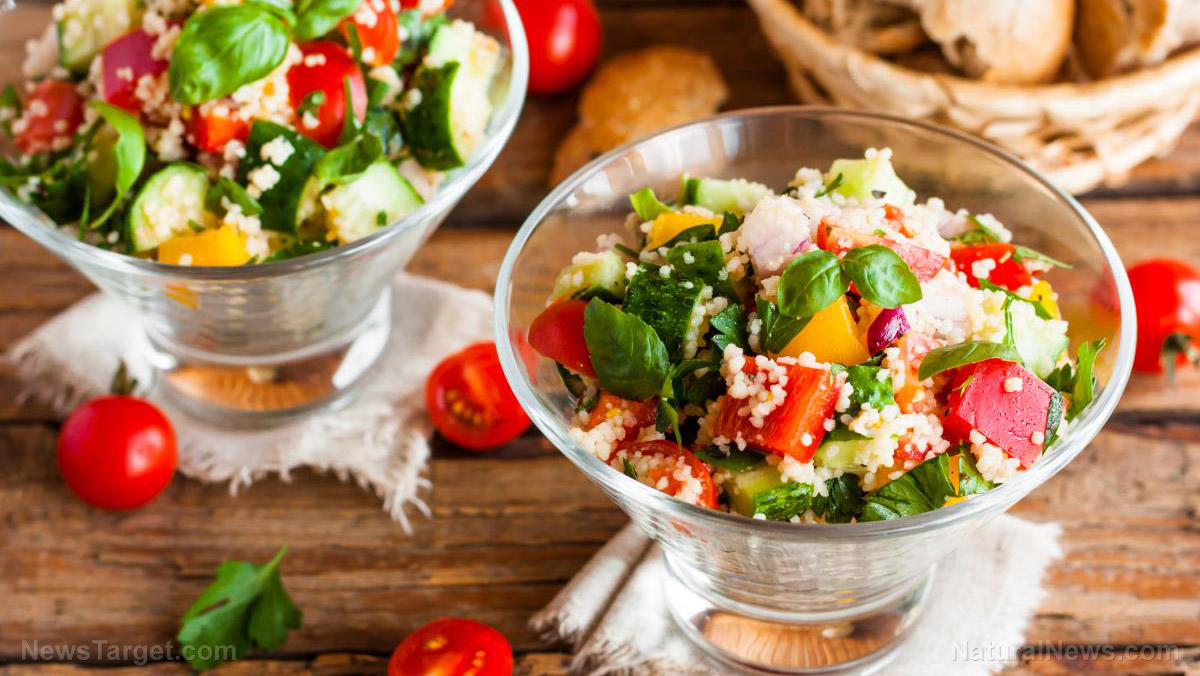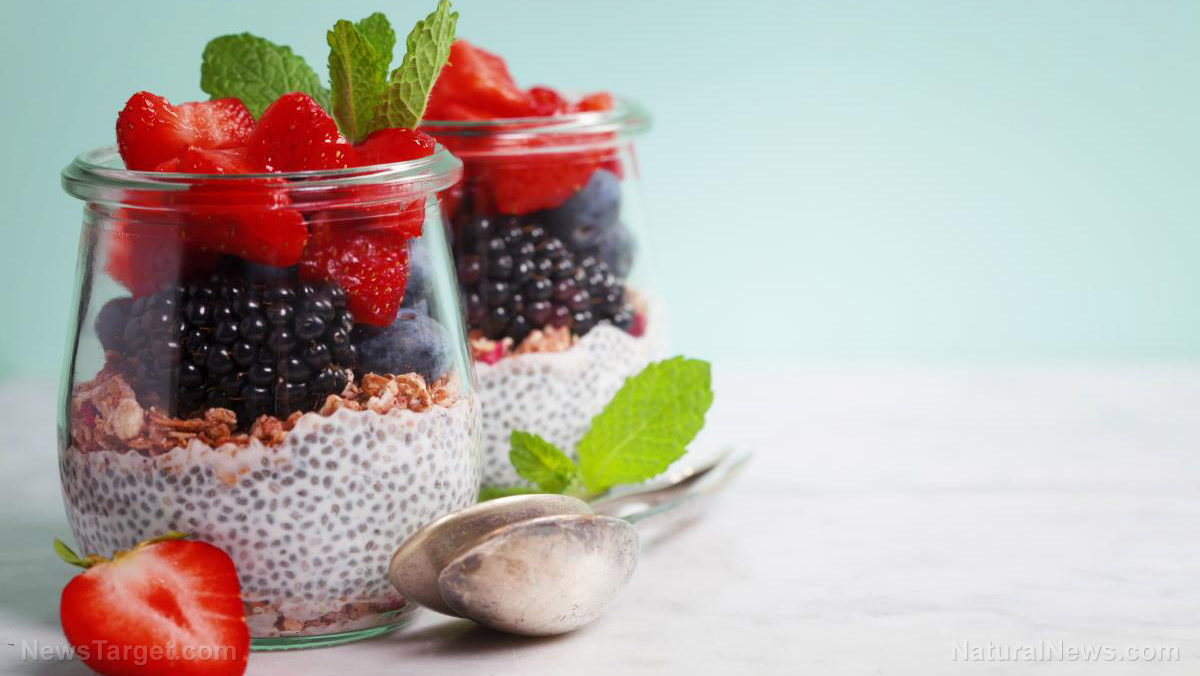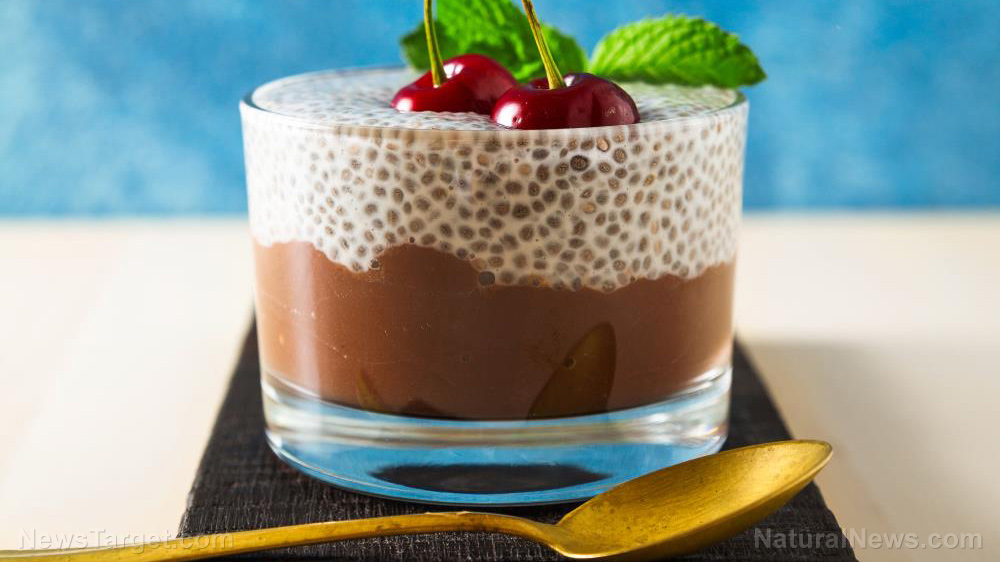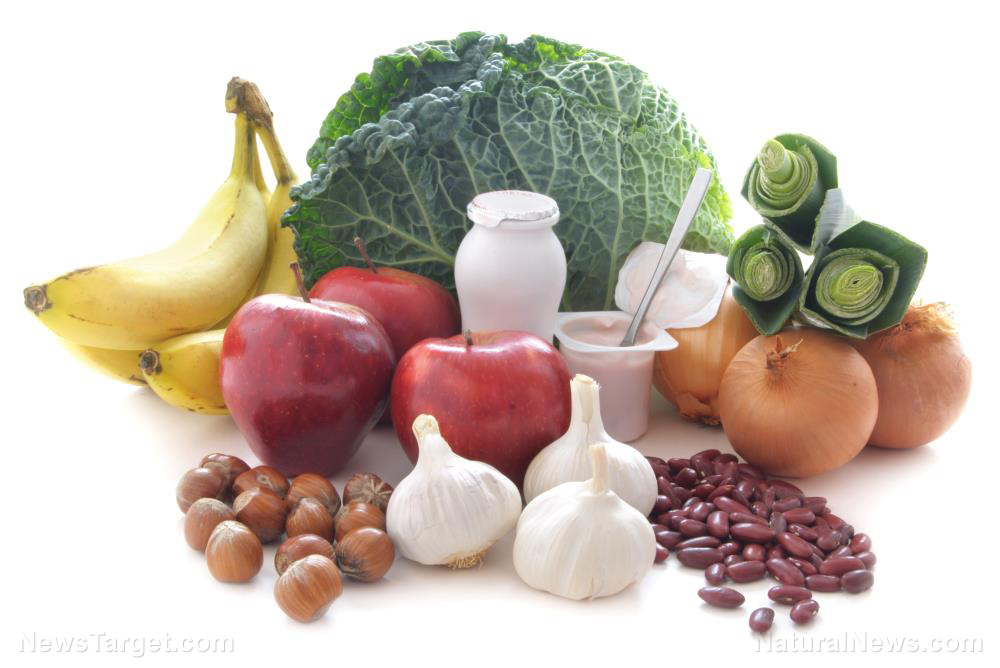Tips for getting more protein into a vegetarian diet
08/13/2019 / By Evangelyn Rodriguez

Protein is an integral part of a healthy diet. It is essential for the synthesis of many things that the body needs. Protein also helps maintain good health; for instance, adequate intake of protein helps prevent muscle loss associated with aging. Protein can be derived from various food sources, the most abundant of which are lean meats, poultry, fish, eggs and dairy products. While vegetables also provide protein, vegetarians may find that it isn’t enough to meet their daily needs. If you’re one of the many people with this problem, there are a few tricks to help you get enough protein from your diet every day.
How to get enough protein without meat
Because of the important role it plays, getting enough protein from food is a necessity. The body needs protein to make many things, including hair, blood, connective tissue, antibodies, and enzymes, among others. The recommended dietary allowance (RDA) for protein is 0.8 grams per kilogram of body weight, meaning the body needs this amount of protein to stay healthy. Vegetarians who work out regularly may find it difficult to meet this requirement, but there are ways to hit the right numbers. Here are some simple changes you can make to your eating habits to help you meet your RDA. (h/t to MindBodyGreen.com)
Start your day with a protein-filled meal.
Breakfast is the easiest meal to load with proteins. For people who don’t mind eating soy-based products, you can eat organic tofu with vegetables in the morning. If you cannot tolerate or are allergic to soy, you can choose pea protein smoothies. For a good protein-packed plate of breakfast, try a combination of eggs, smoked salmon, and sauteed vegetables like mushrooms, onions, spinach, sweet potatoes, or any mix of protein-containing veggies of your choice. You can also add extra egg whites to your scrambled eggs for additional protein. (Related: 21 Foods Richer in Protein Than an Egg.)
Find a protein powder that suits you.
Adding protein powder to your diet is a great way to get some extra protein. The only problem is you might not like the taste of it. Finding a protein powder that not only suits your taste, but also has clean ingredients, may be difficult, but it’s a task worth undertaking. Once you find a good one — preferably plant-based — stick to it and treat yourself to a shake or smoothie every morning or after every workout session. A protein shake or smoothie can give you between 20-30 g of additional protein, which can help with muscle repair and recovery. For a more nutritious and flavorful drink, mix your protein powder with almond milk, some spinach, bananas, and chia seeds.
Pair low-protein foods with high-protein sources.
Eggs, lentils, and yogurt provide a lot of protein, but eating the same things over and over again, especially in huge amounts, can be tiresome. To make it more bearable, try to mix things up by consuming high-protein foods with low-protein sources. Chia seeds contain 4 g of protein per tablespoon and make a nice addition to smoothies. Hemp hearts, which contain 3 g per tablespoon, are great with salads. Meanwhile, a quarter cup of pumpkin seeds contain 10 g of protein and make wonderful snacks any time of the day. While these amounts may not seem substantial, the protein that you get from foods do add up, so eating these low-protein sources can make quite a difference.
Try different combinations of protein sources.
If you’re a vegetarian with a protein goal, eating meals with only one protein source may not be enough to reach your goal and may prove a little boring. The solution? Mix and match your protein sources. Some great ideas to try out are chickpea pasta paired with a veggie burger or chickpea rice with stir fry vegetables and tofu. Hemp seeds and edamame also make wonderful additions to any type of bean-based pasta or noodles. There are a lot of vegetables that provide decent amounts of protein. You can make innumerable combinations with these and other protein-rich vegetarian foods if you’re willing to experiment and get creative.
Make mildly sweet protein-filled treats to satisfy your cravings.
Yogurt is a classic dairy treat that’s rich in protein. However, some people may be sensitive to yogurt. For those who aren’t, you can try Icelandic yogurt, which has a mild flavor. For those who are, you can try some alternatives like goat or sheep yogurt, which are excellent sources of protein. On the other hand, if you’re after something sweet, you can mix yogurt with protein powder and make protein pudding. You can also use protein powder to make cookies and truffles, or any kind of dessert that’s not excessively sweet and doesn’t hurt your diet. This way, you not only satisfy your cravings, you also get some much-needed protein from your dessert.
Sources include:
Tagged Under: #nutrition, beans, chia seeds, dairy products, egg whites, eggs, fish, Fresh, functional food, grocery cures, hemp hearts, hemp seeds, lentils, Mushrooms, nutrients, protein, protein powder, protein smoothies, pumpkin seeds, salmon, smoothies, soy products, tofu, vegetables, vegetarian diet, veggie, yogurt
RECENT NEWS & ARTICLES
COPYRIGHT © 2017 NUTRIENTS NEWS



